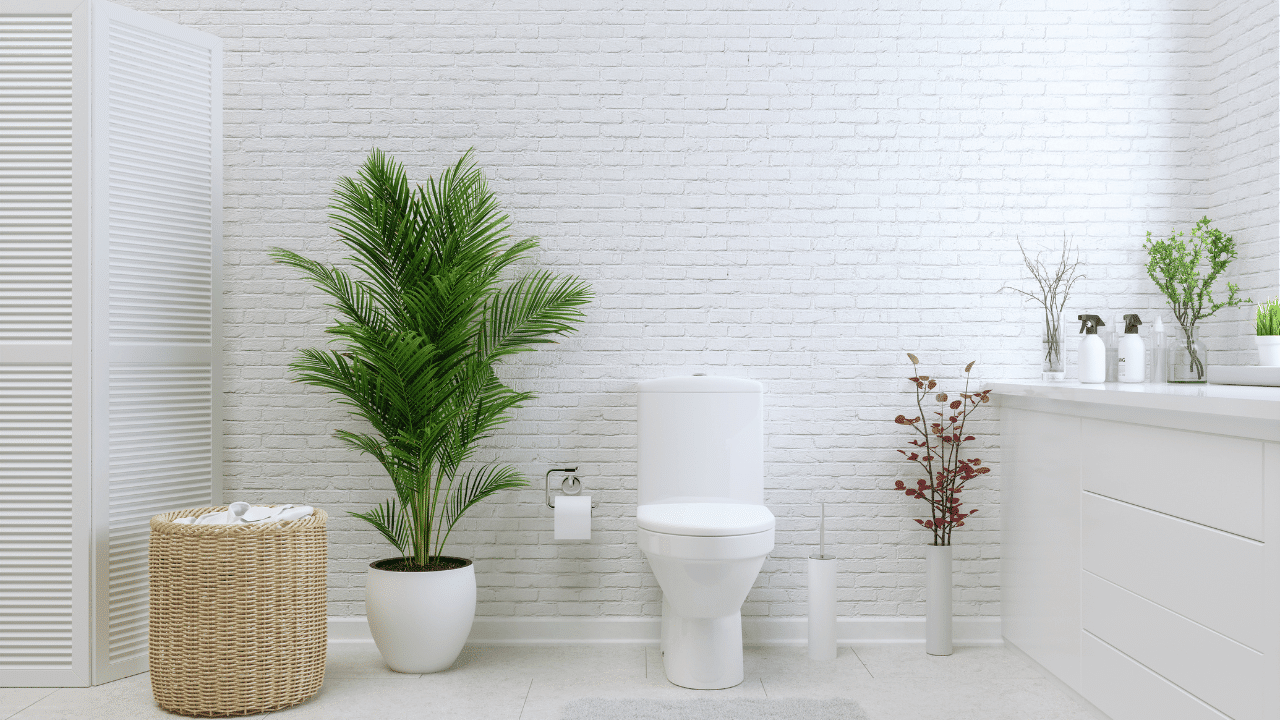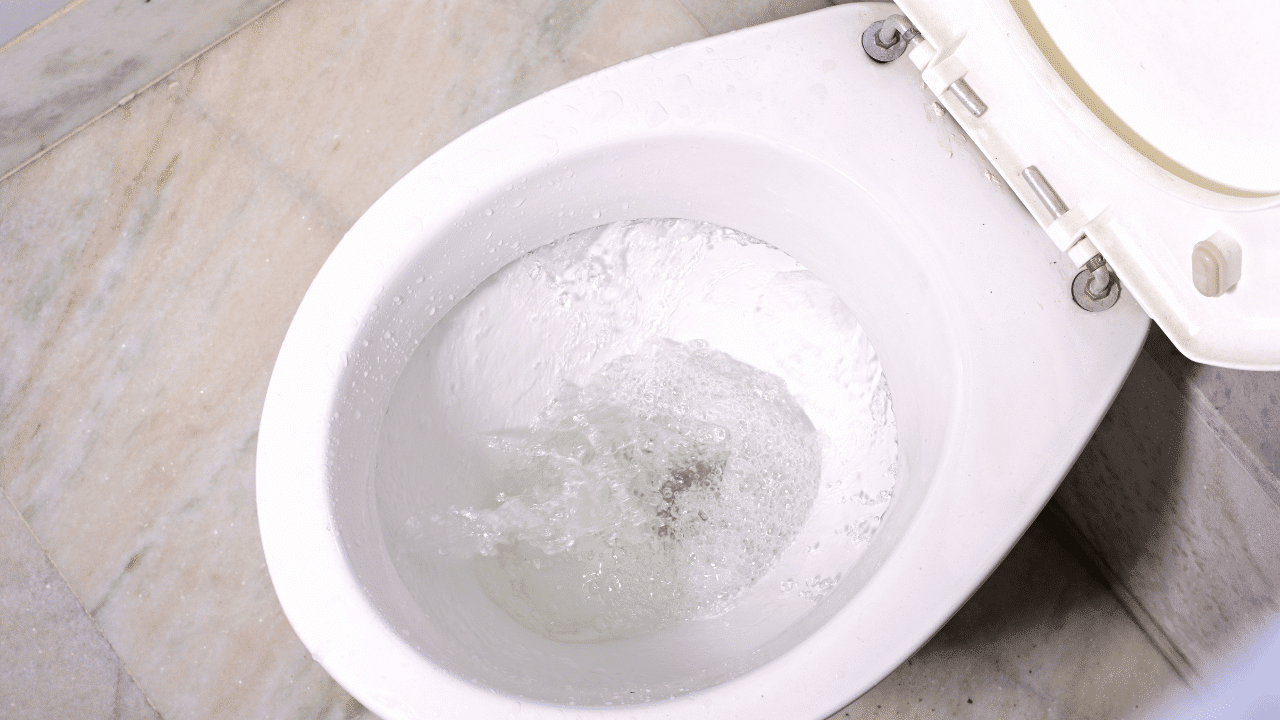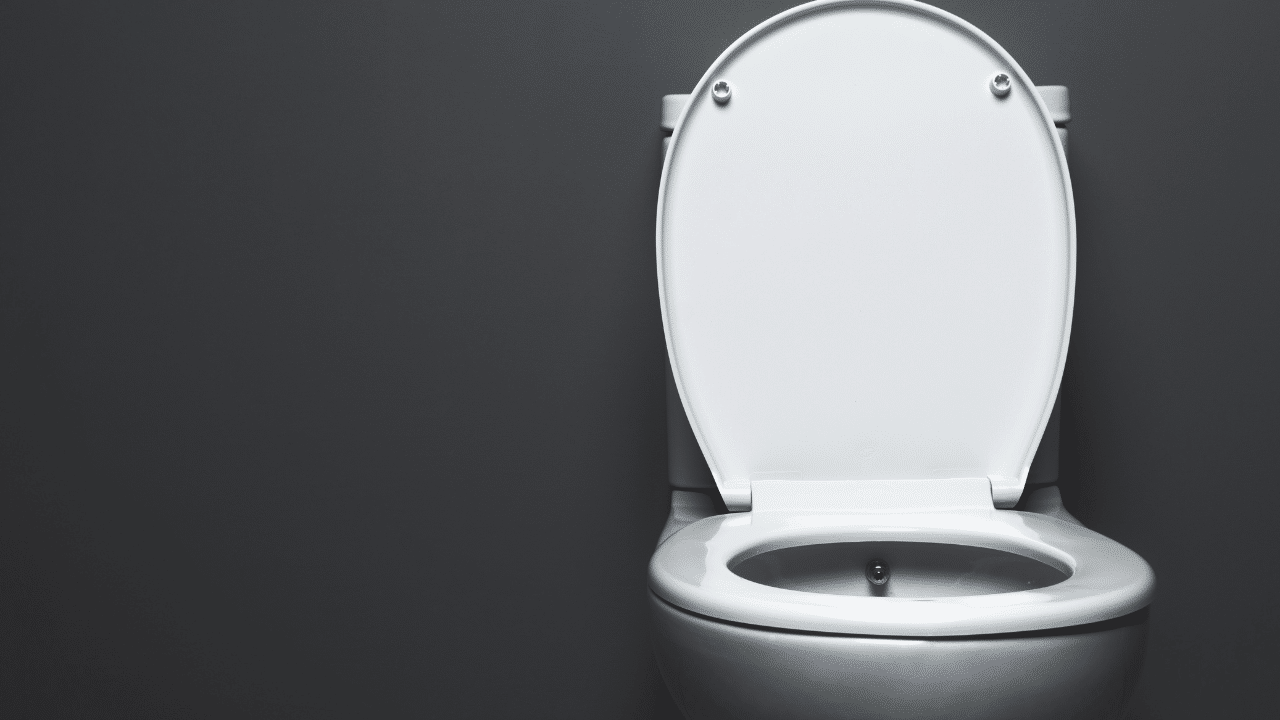Last Updated on September 7, 2023 by Pro Handyman Australia – Editorial Team
Often taken for granted, the toilet is undeniably one of the most indispensable components of our homes. Beyond mere aesthetics or cost considerations, the effectiveness and efficiency of a toilet can significantly impact our daily lives. After all, an ineffectual choice can be an irksome inconvenience for decades.
Performance Over Appearance
While design elements such as color can sway your choice, it’s vital to prioritize functionality. The ideal toilet not only minimizes water usage but also boasts a powerful flushing mechanism capable of maintaining a clean bowl effortlessly with just a single flush.
Balancing Cost, Comfort, and Conservation
Budget is always a key factor when making a purchase. However, when selecting a toilet, consider its long-term benefits. A well-chosen toilet not only fits seamlessly into your bathroom decor but also caters to your comfort needs and is environmentally conscious. So, embark on a journey to find the perfect throne that meets all your criteria without compromising on performance.
Recognizing the Significance of the Humble Toilet

The toilet, while frequently overlooked, stands as a paramount fixture within our homes. Its efficiency and functionality can exert a profound influence on our daily experiences. A suboptimal selection can lead to prolonged inconvenience, reinforcing the importance of informed decision-making.
The Essence of Functionality over Design
While aesthetic attributes such as hue might captivate your attention, the primary focus should remain on the toilet’s operation. An exemplary toilet seamlessly blends water conservation with an adept flushing system, ensuring the bowl remains immaculate after a single flush.
Striking a Balance: Cost, Comfort, and Eco-Friendliness
While financial constraints are always at the forefront when contemplating a purchase, it’s prudent to weigh the long-term advantages of your selection. An astutely chosen toilet complements your bathroom’s ambiance, caters to ergonomic requirements, and showcases environmental responsibility.
Maximizing Efficiency with High-Efficiency Models
A significant portion—around one-third—of household water consumption is attributed to toilets. Those labeled as High-Efficiency Toilets (HET) by the EPA’s WaterSense, utilize 1.28 gallons or less, potentially saving thousands of gallons annually. It’s worth noting that some utilities might offer incentives for such installations. However, it’s advisable to refer to independent evaluations to gauge their performance.
The Appeal of Pressure-Assist Toilets
For those prioritizing efficient water usage while maintaining a pristine bowl, pressure-assist variants offer a compelling choice. Their unique design harnesses water under pressure, culminating in an impactful flush. Notwithstanding their advantages, they come with a steeper price tag and generate more noise than their gravity-operated counterparts. Repairs and part replacements can sometimes pose challenges.
Wall-Hung Toilets: A Nod to Simplified Cleaning
Single-unit toilets present fewer cleaning challenges, albeit at a higher cost and with trickier installation processes. For those wishing to elevate their cleaning convenience, wall-mounted toilets emerge as a worthy consideration.
Elevate Comfort with Taller Toilets
Toilets adhering to the Americans With Disabilities Act standards present heightened bowl designs, standing between 17 to 19 inches, in contrast to the conventional 15 inches. While these designs cater to a diverse demographic, including the elderly and taller individuals, they might not be as user-friendly for children or shorter individuals.
Accounting for the Rough-In
When opting for a new toilet, ensure the distance between the wall and the toilet’s hold-down bolts (flange) corresponds to your current setup. A standard measurement stands at twelve inches, but both 10-inch and 14-inch variants are obtainable. For ease of installation, selecting a model consistent with your existing toilet’s rough-in measurement is advisable.
Size Matters: Evaluating Bowl Dimensions
Though elongated bowls offer added comfort due to their extended design, they might not be feasible for every bathroom. Before committing, it’s essential to take precise measurements to avoid obstructing doors or cabinets post-installation.
The Dual-Flush Advantage
Dual-flush toilets, equipped with two distinct flush options, curtail water usage by approximately 25% compared to traditional models. While they command a higher price, their contribution to water conservation can be significant.
The Debate: One-Piece vs. Two-Piece Toilets

Toilets predominantly come in two configurations: one-piece and two-piece. The latter is more common, wherein the bowl is secured to the tank via bolts. These two-piece models generally come at a more affordable price point. In terms of functionality, both models perform similarly. However, one-piece toilets have an edge in terms of cleaning simplicity. If you’re considering a purchase, ensure you also procure necessary installation components like a toilet seat, wax ring with a sleeve, closet bolts, and bolt caps.
On the other hand, for those seeking a touch of modern elegance, wall-mounted or wall-hung toilets have garnered increasing interest. But a word of caution: they necessitate alterations to your existing plumbing setup and mandate reinforced wall support.
Toilet Bowl Essentials
Toilet bowls present themselves in two primary shapes: round and elongated. The elongated version is typically longer by about 2 inches, offering enhanced comfort. Yet, round bowls are pocket-friendly and are a perfect fit for constrained spaces. Always measure your space beforehand to ensure a seamless fit for an elongated bowl.
Bowl heights commonly range from 14 to 15 inches from the floor (excluding the seat). For those prioritizing comfort and accessibility, there are taller versions that align with the height of standard chairs, between 16 to 19 inches. These heightened bowls also adhere to ADA (Americans With Disabilities Act) norms.
When exploring bowls, a few additional features worth noting include:
- Sanitary Bar: This feature, usually found in two-piece models, prevents liquid accumulation beneath the tank’s rear section.
- Trapway: This is the channel on the toilet’s sides guiding the water flow. A broader trapway diameter, say 2-3/8 inches, minimizes clogging risks.
Demystifying Toilet Tanks & Flushing Mechanisms
While the tank capacity across most toilets remains fairly uniform, selecting an ideal tank involves considerations like flush valve size, flush lever positioning, and the flushing system itself.
The flush valve, situated at the tank’s center, is activated by the flush lever, facilitating the release of water. Larger flush valves amplify the water flow rate. Flush levers can be located on the tank’s side, front, or top.
There are primarily two flushing systems available:
- Pressure-Assisted Flush System: This system leverages pressurized air to propel water into the bowl. Though efficient, it’s comparatively noisier and might incur higher maintenance costs.
- Gravity Flush System: This widespread mechanism harnesses water weight to produce the flushing pressure. This system is quieter and typically demands less upkeep.
Innovations in toilet technology have ushered in features like:
- Dual Flush: Promoting water conservation, this system offers two flushing intensities.
- Waterless Toilets: Ideal for scenarios lacking water access or demanding portability.
- Touchless Toilets: This feature permits toilet flushing through a mere hand gesture over a sensor, eliminating direct contact.
Selecting the Perfect Toilet Seat
:max_bytes(150000):strip_icc()/ultimate-toilet-buying-guide-3997603-hero-8d19572bd152440aa4046e0eb9f2057e.jpg)
Many toilets are retailed without seats, allowing buyers to choose one that complements their bathroom’s aesthetic. While choosing a seat, consider the following:
- The bowl’s shape, be it round or elongated, will determine the seat’s shape.
- Material options range from genuine wood, cushioned vinyl, molded wood composites, to polypropylene.
- Slow-close seats eliminate noise and potential damage due to abrupt closures.
- Luxury toilet seats might offer features like heated surfaces, warm water streams, warm air drying, deodorizers, or cushioned surfaces, though they might necessitate additional water and electrical connections.
Understanding Toilets and Their Water Consumption
Federal laws dictate that new toilets should not exceed a water consumption of 1.6 gallons per flush (GPF). The advancement in technology has given rise to high-efficiency toilets (HET) that utilize even less water than this limit. If water efficiency and flushing effectiveness are paramount to your needs, consider toilets bearing the WaterSense® label from the US Environmental Protection Agency (EPA). Such toilets adhere to rigorous flushing performance standards set by the EPA, consuming at least 20% less water than conventional 1.6-gallon models.
The World of Urinals and Bidets
Beyond the traditional toilet, there are other sanitary fixtures designed for modern bathrooms.
Urinals are water-efficient units typically affixed to walls. They are predominantly seen in commercial or retail environments. On the other hand, bidets are gaining traction as a popular addition to contemporary homes, both in new constructions and renovations. Serving as a dedicated personal cleansing station, a bidet usually finds its spot right next to the toilet.
Exploring the Bidet Toilet Seat
An amalgamation of functionality and aesthetics, a bidet toilet seat, often referred to as a washlet, offers the combined benefits of a standard toilet and a bidet without occupying extra space. This is because they are designed to replace your existing toilet seat. A myriad of features, including heated seats, deodorizers, warm air dry, and even remote controls, can be found in various models, enhancing the user experience.
Benefits of a Bidet Attachment
For those keen on integrating the advantages of a bidet without major modifications, a bidet attachment proves to be a cost-effective solution. This device, when attached to a toilet, enables it to function as a bidet. Not only is it economically friendly, but its installation process is also straightforward and hassle-free.
Conclusion
Choosing the right toilet for your home is more than just picking a functional piece; it’s about marrying efficiency with aesthetics, ensuring longevity, and considering the environmental implications. With evolving technologies and designs, today’s market offers toilets that go beyond basic functionalities, incorporating features like water-saving mechanisms, integrated bidets, and even touchless flush systems. As we’ve explored in this guide, the decision-making process can be influenced by various factors, from space constraints to budget considerations. Whether you’re renovating your space or constructing a new one, having a comprehensive understanding of the available options, as laid out in this guide, ensures that you make an informed choice. After all, a wisely chosen toilet not only serves its primary purpose but also enhances the overall ambiance of your bathroom, supports sustainable living, and provides comfort for years to come.
